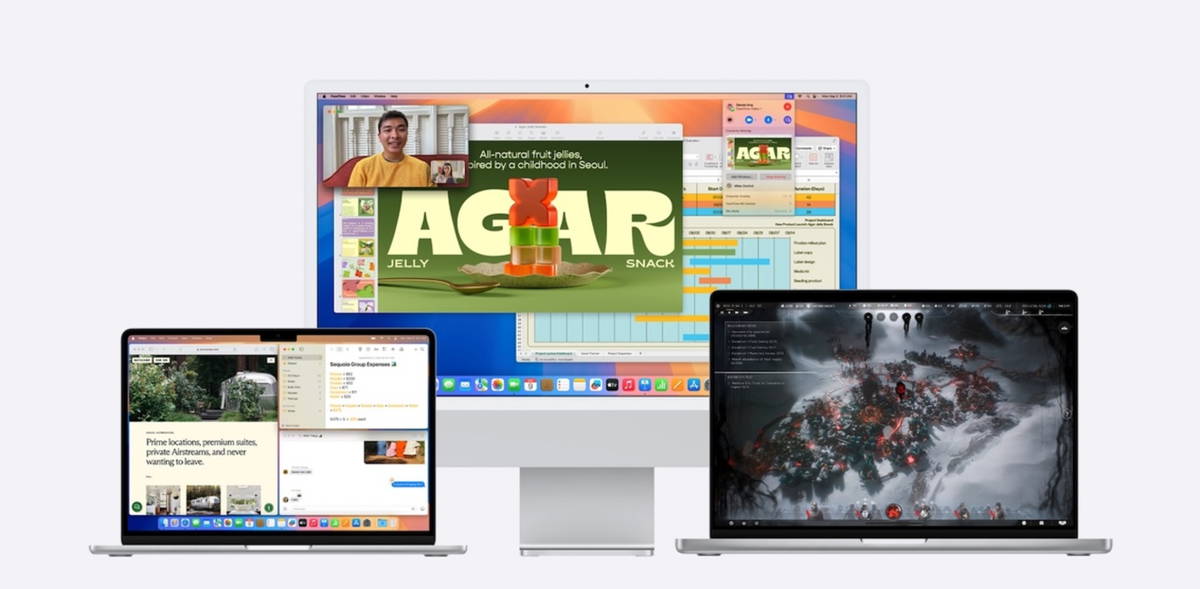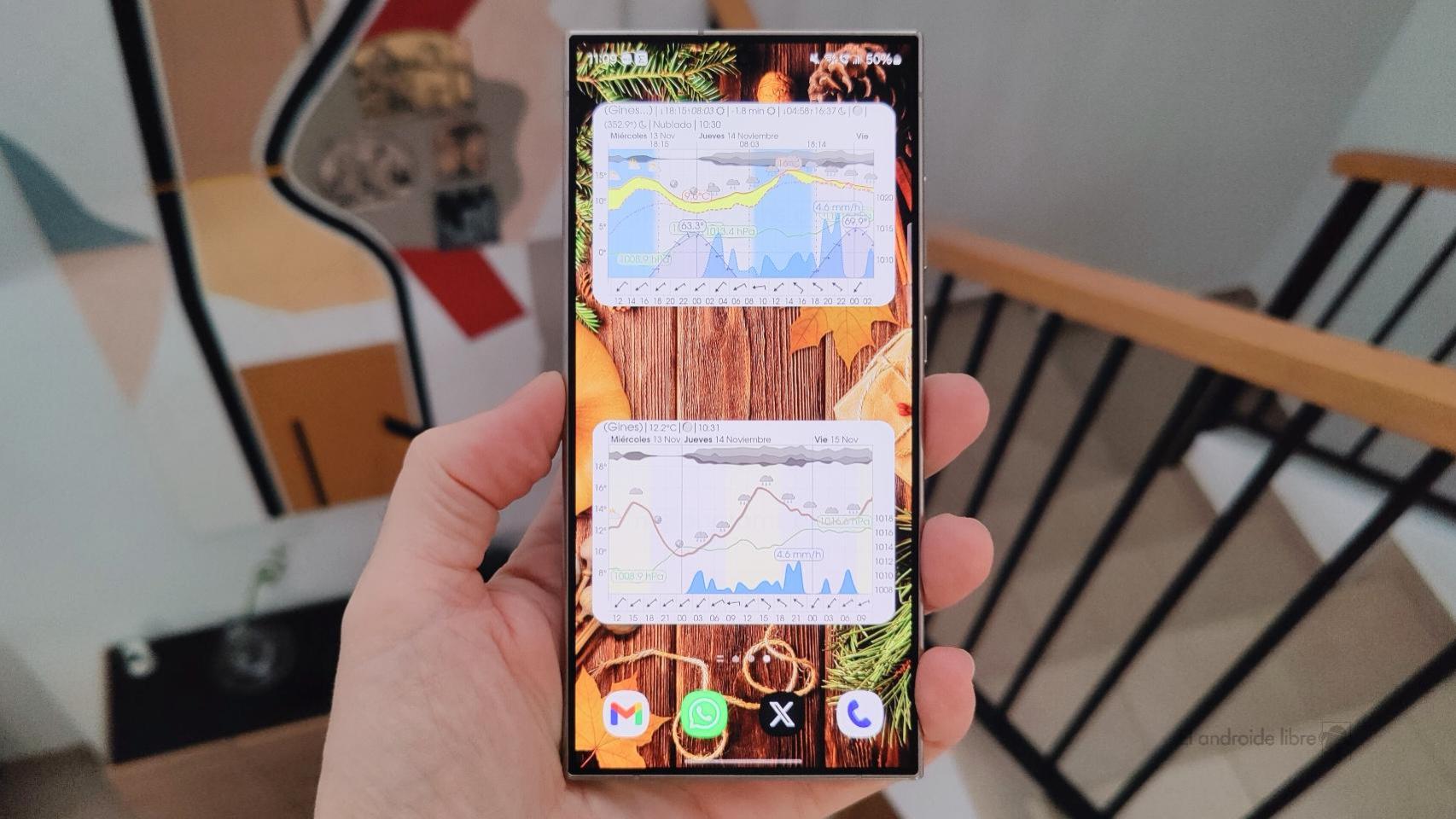After the first months of the year, we see how 2021 is a dry year for Apple when it comes to launching new products, compared to the eventful year 2020, where the company has achieved many launches.
In the last quarter of 2020, we saw how Apple launched the Apple Watch SE and Series 6, iPad Air, a HomePod mini, iPhone 12 and all of its series, as well as the first Macs with M1, without forgetting the surprise. launch of AirPods Max in December.
Naturally, we came to assume that the pace would continue with the arrival of the new year, with rumors of the new AirPods, iPads, AirTags, Apple TV, and iMac. However, so far none of them have been announced, pending what Apple does. April 20.
If we look back, we can conclude that this is the first time that Apple has waited so long to launch a new product since the beginning of the year. The last time happened in 2014 with the announcement of a new iPad in March.
That said, could Apple try to build the buzz for something new on the way? Not exactly.
Component availability affects all brands and industries and it could also affect the rest of the products the company plans to launch throughout the year, including the new iPhone 13 family of phones.
Production issues
A recent report by Nikkei Asia confirms that there is a global supply shortage resulting in production delays for MacBooks and iPads, two devices that should have been introduced now.
In particular, the shortage of displays and their components would have affected the production of the iPad, while in the case of MacBooks, the problem would be more related to a problem with the assembly of the components on the printed circuits.
According to the report, Apple has tried to boost the manufacturing of the two products, which were to guarantee availability and sale throughout the first half of 2021.
With a high probability it would be the 14 and 16 inch MacBooks, as well as the 9.7 inch iPad, but it is almost certain that the delays affecting these models have also affected the rest of the products that will arrive in 2021. , including the iPad Pro, which could be the big launch for the month of April.
And that’s not to mention the chip shortage, which has been a global problem for many months, affecting everything from graphics cards to Android cars and smartphones.
This is the first report we read on how it affects Apple, but the company has certainly felt the impacts for months. First, on Apple’s fall product line, which changed its regular release period on the fly.
Then it was the turn of the iPhone, whose launches and final availability come almost a month later than usual. And finally, the AirPods Max which sold out almost instantly at launch and were out of stock for months.
A report of Bloomberg says the new iPad Pro might be limited as well. Mark Gurman adds that Apple’s foreign component suppliers are facing bad deadlines for the new mini LED display, which is said to be one of the main updates to the iPad Pro.
“At least one of the manufacturers of Mini LED displays recently had to stop production due to a lack of components.” Add to that the supply limitations and shipments of the new iPad Pro, which would be Apple’s first new product of this year 2021.
Now that the chip shortage has worsened even further, we are seeing longer and more noticeable delays. The supply crisis was exacerbated by the cargo ship Ever Given which blocked the Suez Canal for days and further disrupted the supply chain.
The sum of all these disadvantages only worsens the availability of the products of Apple in its stores and in points of sale.
Events undergoing change
In any case, it seems that we will never know for sure if Apple was planning to organize an event in March, or if the fact that it is virtual allowed them to better manage the dates in order to have a bigger flexibility during calls.
It is very possible that various presentations will be prepared and Apple will act according to the availability of products, so as not to generate demand among users and then not be able to fulfill or fulfill orders.
Virtual events also allow Apple to space versions over time for maximum visibility. In a normal year, Apple would never have hosted three events last fall, but with keynotes online, events can be rescheduled at any time.
In previous years, Apple may have hosted an event and shipped products weeks later, but now it can wait as long as it takes. Expectation also helps create anticipation, which is like a double-edged sword.
The longer people wait, the higher the expectations and the easier it is to be disappointed. There’s a reason why Apple likes to space out its product launches and if any new iPads arrive next week, I guess there won’t be a big-scale event until Friday. WWDC 2021.
Eyes on the iPhone
Nikkei Asia reports that iPhones “so far have not been affected by supply shortages”, but also claims that the supply of some components is “quite scarce”.
That could mean another slight delay in the iPhone 13’s launch with its corresponding October date transfer, with shipments staged to help ease supply constraints.
But it could also be much worse. There is no indication that the flea shortage is improving. GM and Ford have just stopped production in several factories due to chip shortages and it looks like Google has canceled the Pixel 5a until the end of the year.
Apple could see itself on the brink of having to prioritize things like the A15 chip featured in the iPhone 13 to save sales in the last quarter of the year. This could mean that some M1 Macs expected to arrive in 2021 won’t do so until 2022.
While we had to wait a bit longer to see that first Apple launch of 2021, it looks like final availability of the new iPad Pro isn’t coming anytime soon.
The year has only just begun and it looks like it won’t be easy for tech companies. In Apple’s case, it was not going to be less.
.










